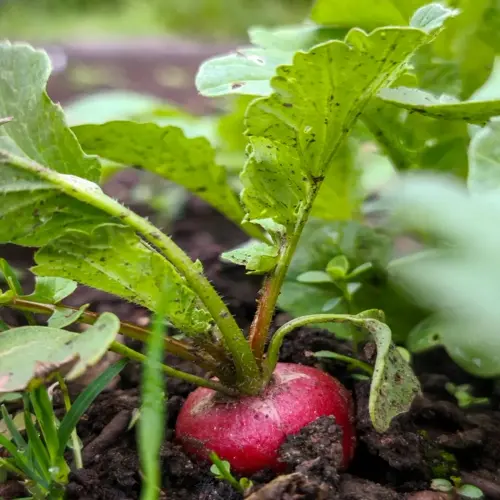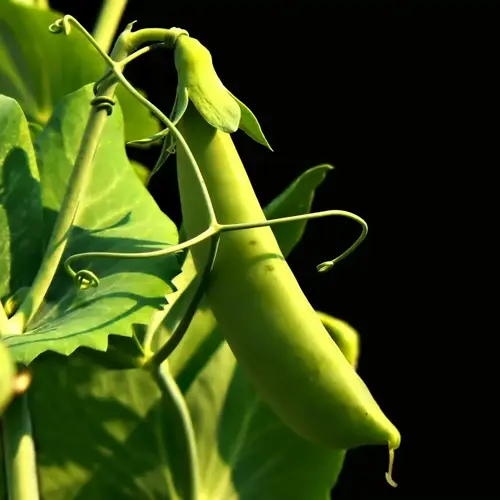Can you prune lavender in winter?

Written by
Liu Xiaohui
Reviewed by
Prof. Samuel Fitzgerald, Ph.D.Pruning lavender in cold weather can be detrimental to plants when they are most vulnerable. I learned this lesson after losing bushes to a surprising frost. Dormant plants may not heal from cuts. Frost cuts through the open wounds. It breaks apart the plant cells inside the stems. This can ultimately kill branches by spring. Anytime before a season of active growth is always the best season.
Physiological Damage
- Dormant plants lack resources to form protective callus tissue
- Ice crystals expand inside stems rupturing cell walls
- Damaged vascular tissue blocks nutrient transport
- Dieback spreads downward from cut points
Preventative Measures
- Mark pruning tools with seasonal warning tags
- Schedule garden tasks around winter dormancy periods
- Cover unpruned plants with burlap during unexpected frost
- Apply horticultural wax to accidental winter cuts immediately
Identify dormant phases by examining bud growth. At or below 45°F (7 °C), my lavender shows no growth. Silver-green bud tips show spring readiness. I use a probe thermometer to measure the soil temperatures. When these temperatures stay below 45°F (7-degree °C), do not cut. Plants can suffer permanent damage when the roots are disturbed.
Unintentional winter pruning occurs when an urgent response is required. I cover cuts with pruning compound. I cover it with a breathable material. If the soil is bone dry, lightly water it. In the spring, I select the plants that were damaged, as potential winter damage can still result in partial dieback when they return next season. I discard specimens that have blackened stems.
Spring recovery monitoring tells the extent of winter injury. Verify bud development by late March. Healthy plants begin to grow within 3 weeks of warming actively. The absence of green tips indicates stem dieback. Cut back to live wood. Prevent future repeats with calendar reminders for seasonal tasks.
Read the full article: When to Prune Lavender for Best Results

